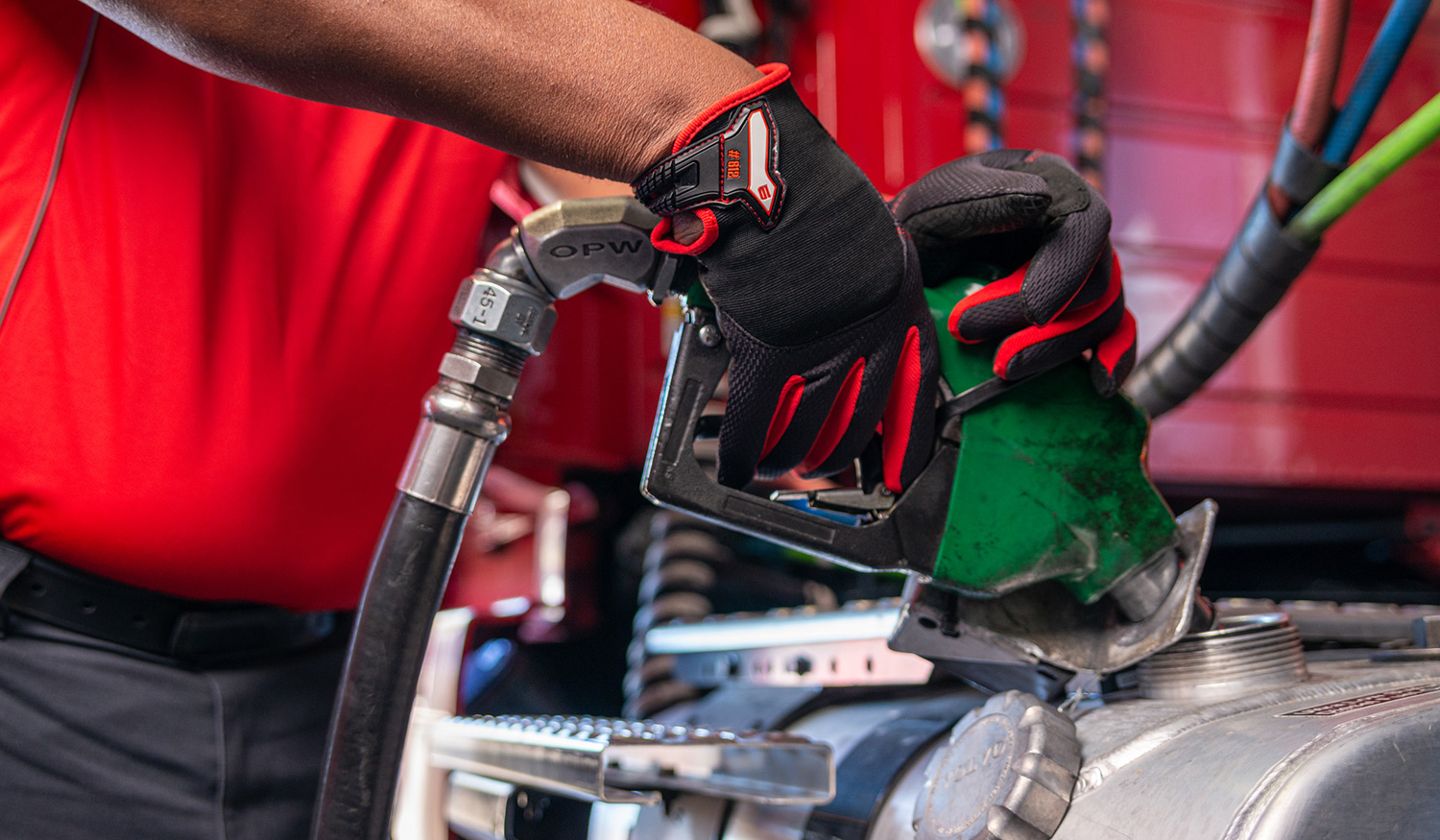Recent projections show that US e-commerce sales are set to rise by 10.5% in 2024, marking a return to double-digit growth since 2021's 17.3% increase. This upward trend is expected to continue through 2027, with annual growth rates slightly accelerating each year. By 2027, e-commerce penetration is projected to exceed 20% of total US retail sales, meaning over $1 in every $5 spent on retail items will be transacted online. This growth trajectory highlights the increasing importance of e-commerce in the retail landscape.
This trend shows no signs of slowing. Which can lead to supply chain disruptions.
It’s an unavoidable fact: Consumers expect faster and faster delivery. Where two-day delivery was once considered a luxury, it’s now considered the norm. Thanks to massive investments in shipping infrastructure by companies like Amazon and Walmart, delivery timelines have tightened to the point where they are now measured in hours instead of days. This has necessitated that companies move their distribution and fulfillment operations closer to the consumer.
Which brings us to micro-fulfillment centers.
As the name suggests, micro-fulfillment centers (MFCs) are smaller than their traditional warehouse cousins. Generally speaking, they occupy between 3,000 and 10,000 square feet of space. Unlike traditional distribution hubs, which are often on the outskirts of a city or some other remote area, micro-fulfillment centers are intentionally placed in smaller urban spaces. In other words, right where the consumers are.
The purpose of MFCs is to speed up the delivery of goods to consumers. They create a hub-and-spoke-style distribution model where larger, regional fulfillment centers serve as the hub and micro-fulfillment centers serve as spokes, reaching out to denser population centers. This shortens the distance for final mile delivery service and allows the option of in-store pickup for many retailers.
Like traditional warehouses, micro-fulfillment centers can be constructed as standalone facilities. But they’re often built inside an existing location to either use empty space (shuttered storefronts, for instance) or expand a company’s fulfillment capacity.
When an MFC is positioned near a multiple-service carrier, shippers also benefit from the integration between convenient storage and diverse fulfillment options – Truckload , Less-Than-Truckload, parcel outbound – all under one roof. (At Averitt, we call this The Power of One.)
MFCs are an effective delivery solution that fit well into a wide range of supply chain strategies. They give companies the flexibility to meet customers’ ever-shifting needs – particularly in areas where real estate space is limited or cost-prohibitive.

How can micro-fulfillment centers help your business?
1.) Remove the kinks from your supply chain
We’ve all felt the impact of supply chain bottlenecks in the last few years. Warehouse management and final-mile fulfillment have become increasingly acute pain points for many companies. These issues are only exacerbated when viewed in comparison with the streamlined operations of juggernauts like Amazon and Walmart, who’ve invested billions into their operations. Delivery delays directly impact both your reputation and customer retention. By speeding delivery to consumers, micro-fulfillment centers provide an answer to these disruptions.
2.) Allow you to be more competitive
Competition for consumers’ dollars is as fierce as ever. Streamlining your delivery using micro-fulfillment centers puts smaller e-commerce sellers in a position to build stronger customer relationships and gain traction with consumers who might otherwise default to Amazon or Walmart because of their same-day delivery.
3.) Improve the customer experience
More than ever, rapid delivery is a significant component of the overall customer experience. Meeting these expectations will go a long way toward boosting their satisfaction with the entire transaction. Also, by reducing the distance and number of transits between the product and consumer, you help ensure that it arrives undamaged – further improving customer satisfaction.
4.) Reduce shipping costs
This is undoubtedly one of the more significant perks of implementing a micro-fulfillment strategy. Given MFCs’ proximity to consumers, delivery distances are cut dramatically – and in the case of customer pickup, eliminated altogether. Also, since they require a smaller footprint, MFCs reduce real estate costs in urban markets where every square foot is at a premium. These smaller warehouses can also be operational far more quickly, at a fraction of the cost it takes to build and automate a larger facility.

A worthwhile option to consider
Given their ability to reduce delivery costs and shorten the time it takes goods to reach consumers, micro-fulfillment centers are quickly becoming an essential part of many companies’ supply chain strategies. They can help you simultaneously adapt to shifting consumer expectations while also enhancing the shopping experience.
Averitt Distribution and Fulfillment has more than 3 million square feet of space spread across dozens of facilities – from large warehousing solutions to smaller fulfillment centers. Each one is positioned to handle your freight staging needs and set your business up for quick delivery across your key markets. Our dedicated fulfillment teams are experts at managing and streamlining the transportation and logistics needs of the e-commerce supply chain – with the ability to provide unique order fulfillment solutions that range from direct-to-consumer parcel to freight delivery.
Watch the short video below to learn more about Averitt Distribution and Fulfillment:
whether your business specializes in e-commerce shipping or automotive parts distribution your industry is our industry and with Averitt distribution and fulfillment solutions we can help you position your business for better speed to market all while enabling you to reduce your overall costs from point A to point B through our network of fully staffed and secure locations across the southern and central United States we can handle any need big or small from shared distribution space to dedicated facilities from pick and pack shipments to LTL and full load distribution we put your needs first with customization and control you won't find anywhere else so that you can reach your customers anywhere in North America or around the globe by land rail air or sea straight to their receiving dock or room of choice all with complete inventory and shipment visibility through our warehouse and transportation management technologies giving you a clear view of your business from home or in the office all with the simplicity of one contact one invoice zero worries that's the power of one
To learn more about how micro-fulfillment centers are helping sellers adapt to a changing retail landscape, or to find out how Averitt can help optimize your distribution and fulfillment strategy, contact the Averitt team at distribution@averitt.com or 1-877-339-3530.









